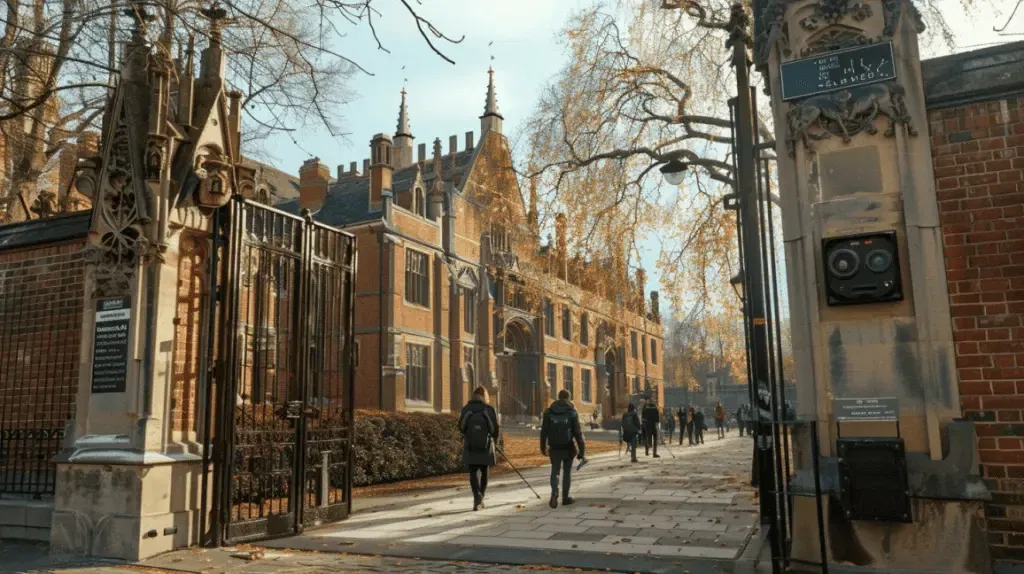The process of applying to universities is not so strenuous, but you need to plan and prepare well in advance for it. Indian students generally find the process a bit lengthy and non-linear as it is different from applying to universities in India. Hence, while applying to universities abroad, it is important to get the application process right. The university admission procedure is divided into many steps all holding significant value to the candidate. Even though the procedure is not straightforward and involves multiple levels that must be completed concurrently, it is not worrisome. With the right guidance, you can effectively complete your admission process. The various phases of the university application process are listed below.
Choosing A Country

Choosing the country is a pivotal step in the university application process. Abroad education is expensive; hence you need to choose a country that will fit your course fee, and living expenses budget. Once you begin your research, you will find that there are plenty of choices available. The top 5 countries where Indian students go to study are the UK, US, Canada, Australia, and Ireland.
Choosing Universities Or Courses
During the university application process choosing the right college and course can be tricky. The best university for you may not be the one that is popular or prestigious, but the one that offers a suitable course in your field of study. The first thing you should do is shortlist universities based on their location, city, ranking, tuition fees, etc. Once you have a list, you can download all the application forms from their websites. You can even look for scholarships at this stage. Many colleges offer scholarships to students on a merit basis while others conduct their exams for the selection process. To effectively divide your attention between the two, it is advisable to conduct in-depth research on each scholarship and make a plan in advance.
Appearing For The Standardised Tests

After choosing the universities you want to apply to, you need to check the entrance tests applicable to them. Most universities require you to take more than one standardised admission test. Some of the common admission tests are SAT, ACT, GRE, MCAT, LSAT, TOEFL, IELTS, etc. These exams need to be taken in advance so that you have the score ready at the time of application.
Arranging Letters Of Recommendation (LOR)
A good letter of recommendation can make you stand out from the crowd. It is one of the determining factors in the university application process. You can ask for a letter of recommendation from your college or university, a company/manager that you may have worked for, or any recognised institute you were with in the past.
Essay And Statement Of Purpose Preparation (SOP)
Writing the perfect essay and SOP generally takes time in the university application process. The document gives the first impressions to the admissions committee of you as an individual. It should be well-written and should talk about your goals and purpose of applying for the course and university.

Assembling All Necessary Transcripts
Academic transcripts refer to your diplomas and grade reports. Depending on the country’s educational system, your scores will be converted to credits or GPA. Some of the documents that must be scanned and sent to the universities are – all the academic marks sheets, secondary school and college reports, and character reports. It’s important to keep all the documents in a folder so that you don’t miss out on anything during the university application process.
Completing Application Forms
Filling out the application form is a crucial part of the university application process. You need to be conscious of the application dates and submit your form before the deadline. During this process, make sure you have all the relevant documents handy with you depending on the universities you are applying to. Most universities expect candidates to apply online through their portal or via email.
Taking Up The Admissions Offer
Universities generally notify applicants of their admissions decisions by certain dates. You will need to choose which university you want to attend if you receive acceptance letters from more than one. Before accepting any offer you can take into account the following factors, course choice, financial aid, location of the campus, cost of living, social life, earning outcomes, etc. Researching the universities and their programmes in depth is crucial in the final stages of the university admission process. By spending time online and conducting a further study, you will have to determine which of these is most likely to achieve your goals.
Paying The Necessary Entrance Fee
Once you have the offer letter in hand, the university expects you to respond quickly with either a ‘yes’ or ‘no.’ As a confirmation from your side, the university you intend to attend will typically require you to submit a financial deposit for the first semester or year. At this point in the university application process, you need to be careful to meet all deadlines. As soon as you accept the offer, the college will inform you of the procedures to take to confirm your enrollment.
Conclusion
After following all the steps, your application can also be on the waitlist. Being on the waitlist means that the college is interested in your application, but there are not enough seats at the moment. In such a situation, it is better to take a more confirmed offer and go ahead with admission to that university. Over time, applying to universities has become more smooth and more effortless. Once you diligently complete all the levels and follow the correct methods, the university admission process should be hassle-free.
Thank you for reading this blog on ‘University Application Process – A Guide!’ If you’d like to read more, here are some blogs that may be of interest to you –
Job Application Tips for Students
How To Deal With University Admissions Anxiety Like A Boss
Overseas Education Consultants or Independent Admission Counsellors?















0 Comments